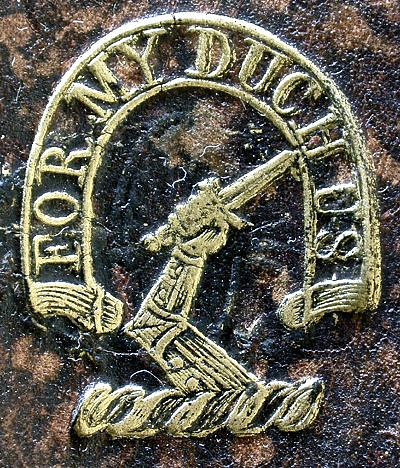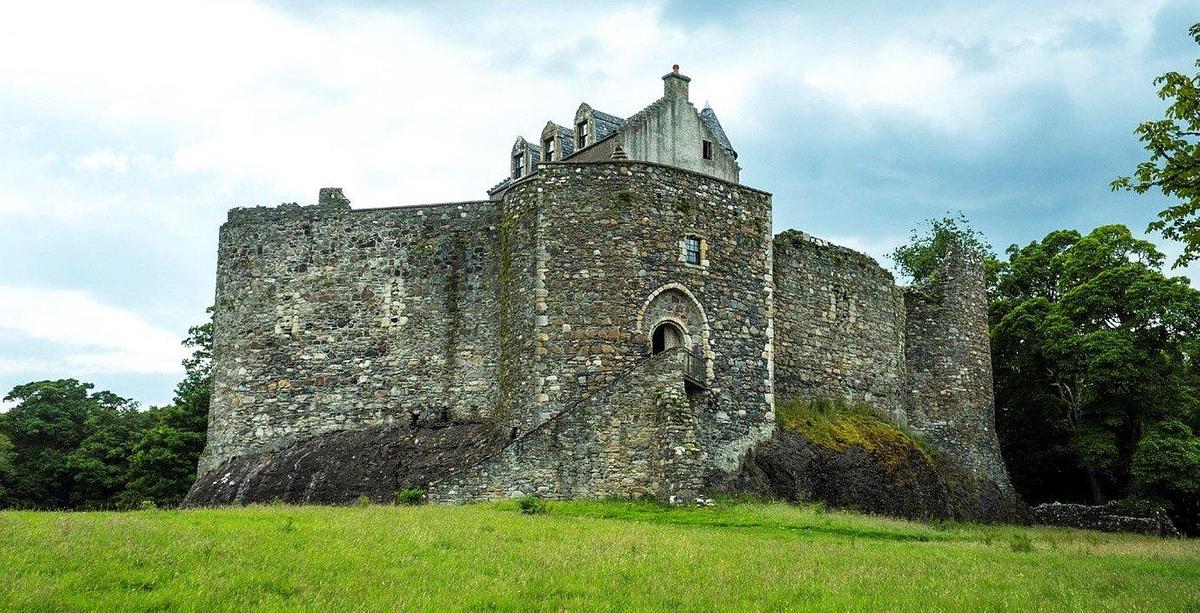
TOBAR AN DUALCHAIS: what can proverbs tell us about dùthchas?
Dùthchas – a Gaelic word which carries so much complexity, it needs its own thesis.
In recent years, interest in this concept has been growing exponentially, with a variety of groups recognising its importance as a sense of place and belonging or identifying it as the rootedness us modern people are understandably desperate for.
- There are four ‘definitions’ of dùthchas which Edward Dwelly noted in his dictionary.
- The Place of one’s birth.
- Heredity, native or hereditary temper, spirit or blood.
- Visage, countenance.
- Hereditary right.
Dùthchas could be one of the cornerstones of a reconstructed Gaelic worldview. The identity of a person could undoubtedly be forged by the place of their birth and the community of that place, particularly at a time in the past when populations were less mobile.
The traits of a person’s parents manifest in their physical appearance; their spirit, likes and dislikes, and sometimes even interests or inclinations might appear hereditary – not just from mother and father but perhaps from an ancestor remembered only by name and special characteristic, like poesy or craft skill.

Finally, there is the hereditary right – the element of dùthchas over which most blood has been spilled. Throughout the ages, Gaels collectively claimed to have a hereditary right to the land which they occupied, a claim which has entered the historical record variously as douchas, duchus, or under the guise of the Scots terms kindness or kindly possessions (from kin or kindred).
The failure by clan chiefs and other landed gentry to recognise this customary right held by the people since time immemorial underpins the Clearances, while demands for its recognition echo through much of the collective action undertaken against this violence, trauma, and dispossession.
FLUX
Languages are in a constant state of flux and dùthchas means different things to Gaels today than it did a century – or three – ago. To understand how this word evolved over time, I seek out Gaelic voices speaking about dùthchas as far back in history as I can.
The world and society these people lived in was so different to ours today, making context crucial to understanding the words being used and the philosophy from which they derive.
Gaelic has an abundance of proverbs, and some of them are about dùthchas.

Aside from the multitude which are in still in use today, there are published proverb collections as well as countless sound recordings, many digitized and made easily accessible by Tobar an Dualchais.
By their nature proverbs cut across boundaries of class and gender, their survival relying upon oral transmission, on being commonly known in a community and thus reflecting its values. They are that memorable phrase we hear our elders say; once they have explained its meaning to us, we are unlikely to forget it.
They return to us often and roll off the tongue.
One of the most important collections of Gaelic proverbs was published in 1881 by Alexander Nicolson (the Skye-born lawyer, Gaelic scholar, member of the Napier Commission, and mountaineer after whom Sgùrr Alasdair in the Cuillin was named”).
However, Nicolson was merely re-printing a collection made by Donald Macintosh, a Perthshire-born clergyman, first printed in Edinburgh in 1785. Nicolson called the collection “a genuine product of the past” with Macintosh merely acting as collator and translator.
What can these proverbs, or seanfhaclan within tell us about dùthchas?
Some of the proverbs refer to political conditions in the clan-based society of bygone times. The first one, below, is about the dùthchasaich of Islay, perhaps coined in the times when the MacLeans, MacDonalds, and later Campbells feuded over the island; the second one is a rhyme about the MacAlpines, their former seat in Dunstaffnage, and their ancient claim to the throne of Scotland:
“An uair a thréigeas na dùthchasaich Ìle, beannachd le sith Alba!”
When the natives forsake Islay, farewell the peace of Scotland!
“Sliochd nan righribh dùthchasach, ‘Bha shìos ‘an Dùn-s-dà-innis, Aig an robh crùn na h-Alb’ o thùs, ‘S aig am beil dùthchas fhathasd ris.”
Children of the native kings, Who reigned down at Dunstaffnage, Who first the crown of Alba owned, And still have native claim to it.
Both proverbs also tell us something about the nature of dùthchas. The first one tells us how unlikely it would be for the dùthchasaich to forsake (trèig) their native Islay – the words cha trèig mi often appear in love songs expressing everlasting faithfulness (An Gille Dubh Cha Trèig Mi sung by Màiri Sheonaidh a’ Ghobha of Lochboisdale, South Uist in TAD ID: 86171).
It also tells us that there are always grave, far-reaching political consequences whenever an indigenous population is forced to abandon its home.
The second proverb shows us that dùthchas as a hereditary right can last for centuries. The strength of attachment to people and place shines through both.
BLOOD TIES
“Is buaine dùthchas na oilean.” Blood is stronger than breeding.
There are many other Gaelic proverbs which carry similar meanings: Thèid dùthchas an aghaidh nan creag (James MacArthur of Portnahaven, Islay explains it in TAD ID: 30336), ‘blood is thicker than water’, and perhaps it should come as no surprise to us that a society which places strong emphasis on ancestry and blood ties should have so many proverbs reinforcing such beliefs.
But if an education, or oilean, is for life (‘Teach a man to fish…’), what does it mean if dùthchas is even more enduring (buaine)? Similarly, from thèid dùthchas an aghaidh nan creag we learn that dùthchas is stronger than stone, the epitome of hardness (‘cho cruaidh ri creag’, is explained by Nan MacKinnon of Vatersay in TAD ID: 54547).
“Is mairg do ‘n dùthchas droch ghalar.” Sad is the inheritance of a bad disease.
This proverb is the perfect reminder that not everything we inherit from our ancestors is good. Psychologically and spiritually, we inherit their trauma; physically, as the proverb reminds us, we may inherit their medical conditions.
By accepting the full extent of our inheritance – strength and weakness, the beautiful and the ugly – we grow closer to our ancestors and empower ourselves to heal from what they could not.
It seems that dùthchas has always been characterised by plurality and complexity, reflecting the complex Gàidhealtachd to which it belonged.
For centuries, fostering children has been an important feature of Gaelic society, and for all the influence that DNA can have on us, the nurture we receive during our formative years has just as much – if not more – influence on who we become within our community.
In a changing world, it is inspiring to see people across the Gàidhealtachd connecting with the cultural ‘mycelium’ of their place and rooting themselves in it, whether it is their ancestral homeland or adoptive home.
One of the proverbs taught us that dùthchas is a force that will go through rock, an aghaidh nan creag. History shows that if it is cultivated and nourished, dùthchas can be a wellspring of transformative energy for place-based revitalisation.
Sometimes it seems to burst like lightning, explosively cleaving through adversity. But it is also the stream – the carrying stream – slowly weathering stone, flowing ever on from generation to generation.

Ryan Dziadowiec is a PhD student at Coventry University based in the Outer Hebrides. His thesis is ‘Dùthchas: Locating and Nourishing the Roots of Scotland’s Land Reform Revolution’